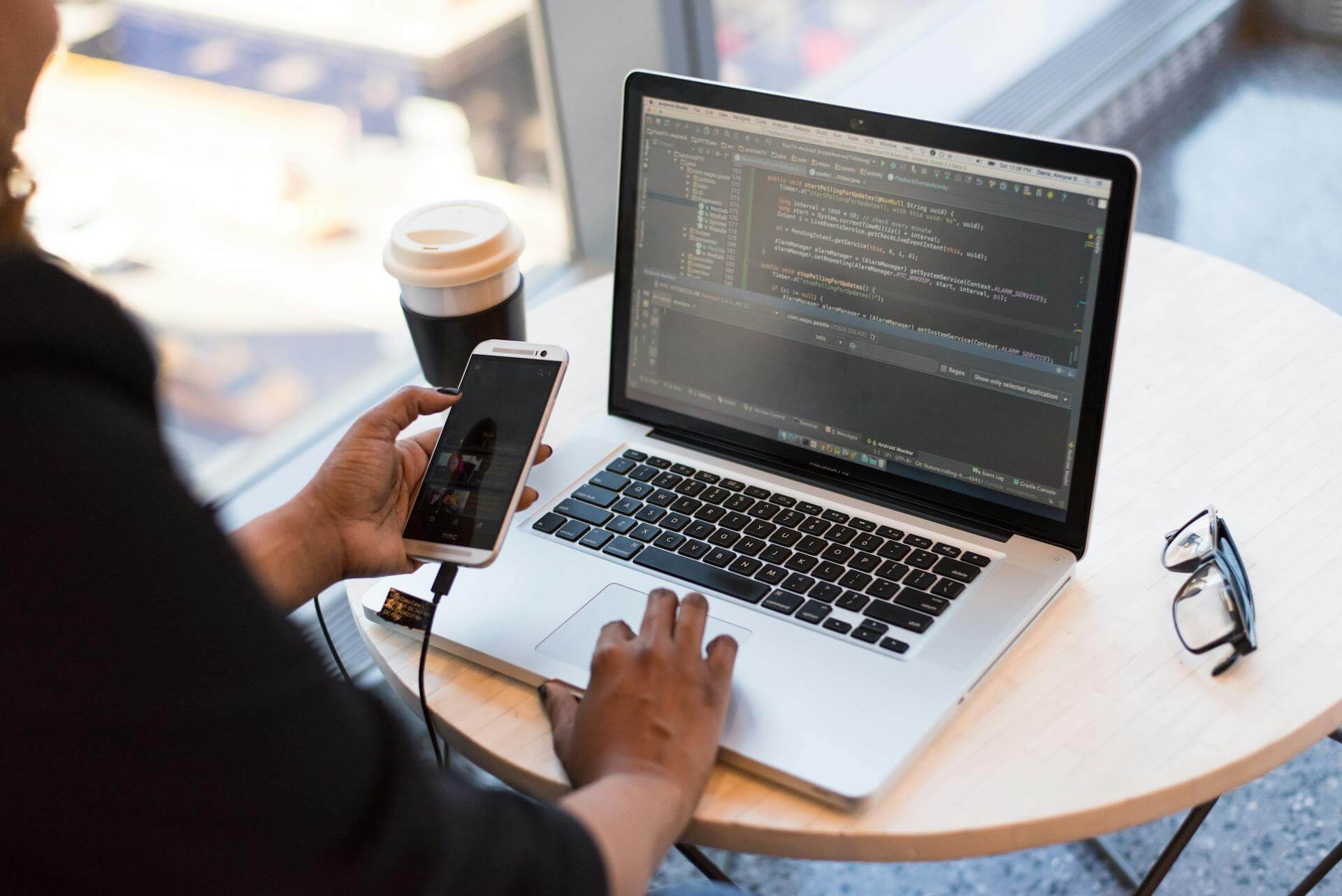Speed is a necessity in e-commerce.
The loading time of your website can help you make or break it. Page speed influences the conversions in an online store.
People prefer online shopping because of the convenience; a laggy e-commerce website nullifies that.
Today, setting up a Shopify store takes just minutes, yes. But optimizing one to help achieve your targets needs some more work. Optimization helps boost your traffic, revenue potential, and credibility.
Take a look at these statistics to get a better picture of how important your Shopify store page speed is -
- 0-4 second load time is the ideal bracket for better conversion rates
- The first 5 seconds of page load time have the highest impact on conversion rates
- With loading speeds between 0-5 seconds, conversion rates can drop by around 4.42% with each additional second
- With loading speeds between 0-9 seconds, conversion rates can drop by around 2.11% with each additional second
Page speed also plays an important part in Google’s search algorithm. So it directly impacts your SEO and discoverability too.
In this article, we’ll talk about how you can optimize your Shopify store page speed
8 tips to optimize your Shopify store page speed
1. Compress and optimize images
E-commerce is a crowded domain. The ease of setting up an online storefront has attracted and created many entrepreneurs. To stand out amidst this tough competition, stores need to do more than their competitors. Today, offering a better and more immersive shopping experience is a necessity.
To achieve this, online merchants have to invest in their visuals. According to research by 3M Corporation, visuals communicate information 60,000 times faster than text. Furthermore, 23% of Google searches are for images.
The inability to physically see, touch, and/or feel the products before making an online purchase demands you to use a wide range of high-quality pictures.
In fact, consumers are willing to buy faster and pay more for products they could get a better look at before an online purchase. The right product imagery is a massive trigger for making faster purchase decisions. However, large images can make your website slow and laggy.
This affects the UX of your Shopify store. Using images of lesser sizes makes your web pages lighter and hence, faster.
Here are some tips to optimize your images -
- Get acquainted with different file types like JPG, JPEG, PNG, etc.
- Reduce image file sizes to increase conversions
- Name your image files with suitable keywords to improve SEO
- Always use alt tags on all images used
- Use sitemaps to get your images noticed by Google
2. Choose a fast and responsive theme
Your Shopify store design process begins with picking the right theme. This selection is going to be the very base on top of which other design elements will be built.
While Shopify does offer a few free templates, most of the other functional templates cost anywhere between $160 - $240. There are tons of industry-specific themes to choose from, some strongly recommended by Shopify itself.
Now choosing a theme for your store is a very important process. You cannot simply choose any random theme that seems okay. There’s much more to this decision. An important aspect is its loading speed. Every extra element and feature added is an added weight on the webpage. So you need to be careful before choosing the right theme for you.
You can run the theme’s preview on Google Page Speed Insights. It will give you a better look at the speed and make an informed decision.
Need help choosing the right Shopify theme? Reach out to our experts today.
3. Use only one high-quality hero image
The carousel-style hero element looks very attractive and lets you display multiple products at once. However, it comes with a catch. Multiple high-quality images on the homepage can slow your website down.
And chances are, most visitors won’t even slide to check the next picture. So, your effort is not just going unnoticed, it’s also costing you your conversion rates.
Instead, use one single picture that captures a store visitor’s attention. Let your customers know what value you’re adding to their life. And so, let your value proposition take center stage. A crisp headline on the homepage is a great start. A bright and clear CTA helps direct the website visitor towards exploring your product catalog as well.
4. Implement AMP
Around 79% of the online purchases in the last 6 months were done using a mobile phone.
Smartphones have become an integral part of our lives today. Throughout the day, we use our smartphones to complete simple tasks like paying bills, checking the weather, and getting driving directions. And recently, our mobiles have also become a popular medium for online shopping. Thus, m-commerce emerged.
To aid this, Accelerated Mobile Pages (AMP) was created by Google to speed up the mobile web. It is a web component framework to easily create user-first experiences for the web. It helps in better page load time and faster mobile page loading. It also provides higher placements on mobile search results.
Now, many Shopify apps are available to easily create AMP web pages for your online store.
5. Lazy load images
Slow-loading photos can be quite frustrating. Yes, you can compress and optimize your images to manage them. But sometimes, even that may not be enough.
That’s where lazy loading comes in. This means the browser will pre-load content that the user will see first; mainly everything above the fold. The other elements are only loaded when it is needed.
So instead of loading all the elements and pages when a user visits your website, it only loads the absolutely necessary ones. E-commerce websites are huge with lots of data and files. Using lazy load images significantly reduces the load and hence, the speed.
6. Fix broken links
If your website has too many broken links and redirects, it can affect your User Experience (UX) and performance as a whole. Broken links can destroy your conversion rates. This includes both internal and external links.
It also affects SEO ranking and visibility. It impacts your bounce rate, time on site, and how you pass link juice. It may even signal search engines that your website is old and outdated, hence irrelevant.
7. Analyze web page performance
Analyzing your web pages on Google PageSpeed Insight helps identify your website’s performance. It gives you an insight on how areas of the website should you be focussing on to improve the page speed of your Shopify store. It also gives suggestions to help you with the same.
What’s useful is that this performance report is given for both mobile and desktop separately.
Here is a glimpse of Amazon's report -

8. Seek professional help
Some advanced concepts need to be looked at to improve your Shopify store page speed. These include tasks like -
- Reduce CSS, JavaScript
- Remove render-blocking CSS and JS in above-the-fold web page content
- Reduce server response time
- Use browser caching
You may not have the necessary knowledge and resources to tackle these on your own. And so, it’s best to reach out to professionals who can guide and help you in achieving your best results.
Our team of Shopify experts at XgenTech works with Shopify merchants like you to design the store that reflects the personality of your brand and caters to the functionalities you require. Whether you want to revamp your existing design or build a new one from scratch, we will help you create a positive shopping experience on your Shopify store design.
Reach out to us at info@xgentech.net and we’ll help you set up your Shopify store design!
We're working with some leading Shopify and Shopify Plus brands to help them design a great online experience for their customers. Check out some of our work here.
Also read: Why Your Shopify Store Design Is Important to Increase Conversion Rates
10 Shopify apps to optimize your store page speed
Today, there are a lot of apps in the market that can help you optimize your Shopify store to improve your conversion rates.
Running an e-commerce business is a time-consuming and stressful job. Researching and understanding the best speed optimization Shopify apps can be an additional workload. So, we curated a list of 10 Shopify apps to optimize your store page speed for you.
- SEO: Image Optimizer, Page Speed by Avada (Free)
- Booster: Page Speed Optimizer by Booster Apps (Free)
- Page Speed Optimizer: PI Speed by SureSwift Capital (From $39/month. 7-day free trial)
- Hyperspeed: Extreme Page Speed by Rvere ($39/month. 7-day free trial)
- Speedster Page Speed Optimizer by Crucial Commerce Apps (Free)
- Fuzz - Page speed booster by Fuznet ($4.99/month. 7-day free trial)
- SEO Image Optimizer by Giraffly (Free. Additional charges may apply)
- Rocket Page Speed by SEO Blocks ($5.99/month. 3-day free trial)
- Page Speed Optimizer by Jumbo (Free)
As you can see Shopify makes it easy to optimize your store page speed, but that does not replace the importance of following industry best practices and benchmarks when designing and developing your website.
The apps are meant to enhance the framework you create. So remember to keep your foundation strong.
Don’t skip optimizing your Shopify store page speed
Attracting site visitors is meaningless if they quickly leave without making any purchase. So as important as setting up and designing your store is, optimizing it to offer the best User Experience (UX) is also crucial.
You can reach out to us to create a store design for your brand that is optimized to improve your conversion and retention rates.
Want to learn more about optimizing your store for higher conversions? Don’t forget to subscribe to our blog for the next lesson!




